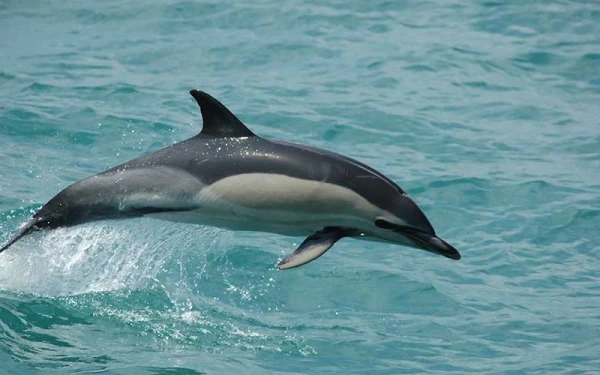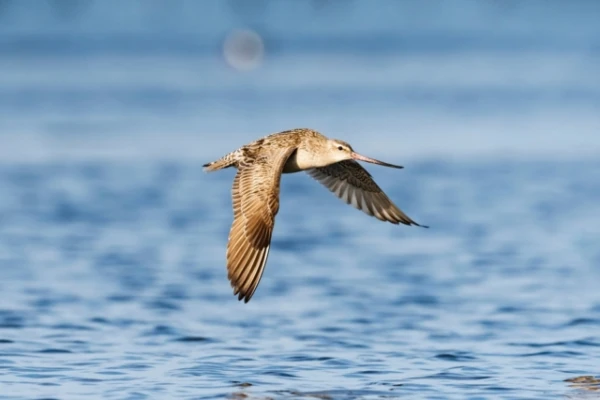
Ecologists are sounding the alarm: common dolphins in the Atlantic region are dying much earlier. The average lifespan of females has decreased by seven years — from 24 years in the 1990s to 17 years today.
The reduction in lifespan among dolphins has been noted by scientists at the University of Colorado. They observed the inhabitants of the Bay of Biscay off the coast of France, which has historically been an ideal habitat for dolphins due to its nutrient-rich waters. The abundance of anchovies, sardines, and other forage fish allowed dolphins to thrive.
The region is also one of intensive fishing zones. Every year, thousands of dolphins die here as bycatch — accidentally getting caught in fishing nets. In 2021 alone, about 6,900 individuals perished. Hybrids of dolphins have also been found in the oceans.
Traditional monitoring of dolphin populations from ships and planes often does not reflect the real situation. Scientists used an alternative approach, counting the dolphins washed ashore from 1997 to 2019 — there were a total of 759 individuals. They studied the age of the deceased animals and conducted statistical modeling of population dynamics. Rare pink dolphins are threatened with extinction due to mercury.
The reduction in dolphin lifespan creates a vicious cycle:
The reproductive potential of the population decreases
Genetic diversity diminishes
The resilience of the ecosystem is undermined
"Urgent measures are needed to manage the population, otherwise we face a decline in numbers and possible extinction of the species," warns researcher Étienne Ruby.
France has already introduced a one-month fishing moratorium in January, but scientists insist on more serious restrictions on fishing, as well as the implementation of technologies to deter dolphins from nets. According to ecologists, even a stable population size can hide serious problems, and traditional monitoring methods need to be supplemented with more accurate approaches.
Dolphins around the world are facing an increasing number of threats for various reasons. Water pollution from the rising levels of plastic waste and toxic chemicals contaminates the water bodies they inhabit, while overfishing depletes their diet. Additionally, rising ocean temperatures due to climate change disrupt their communication and migration habits.












